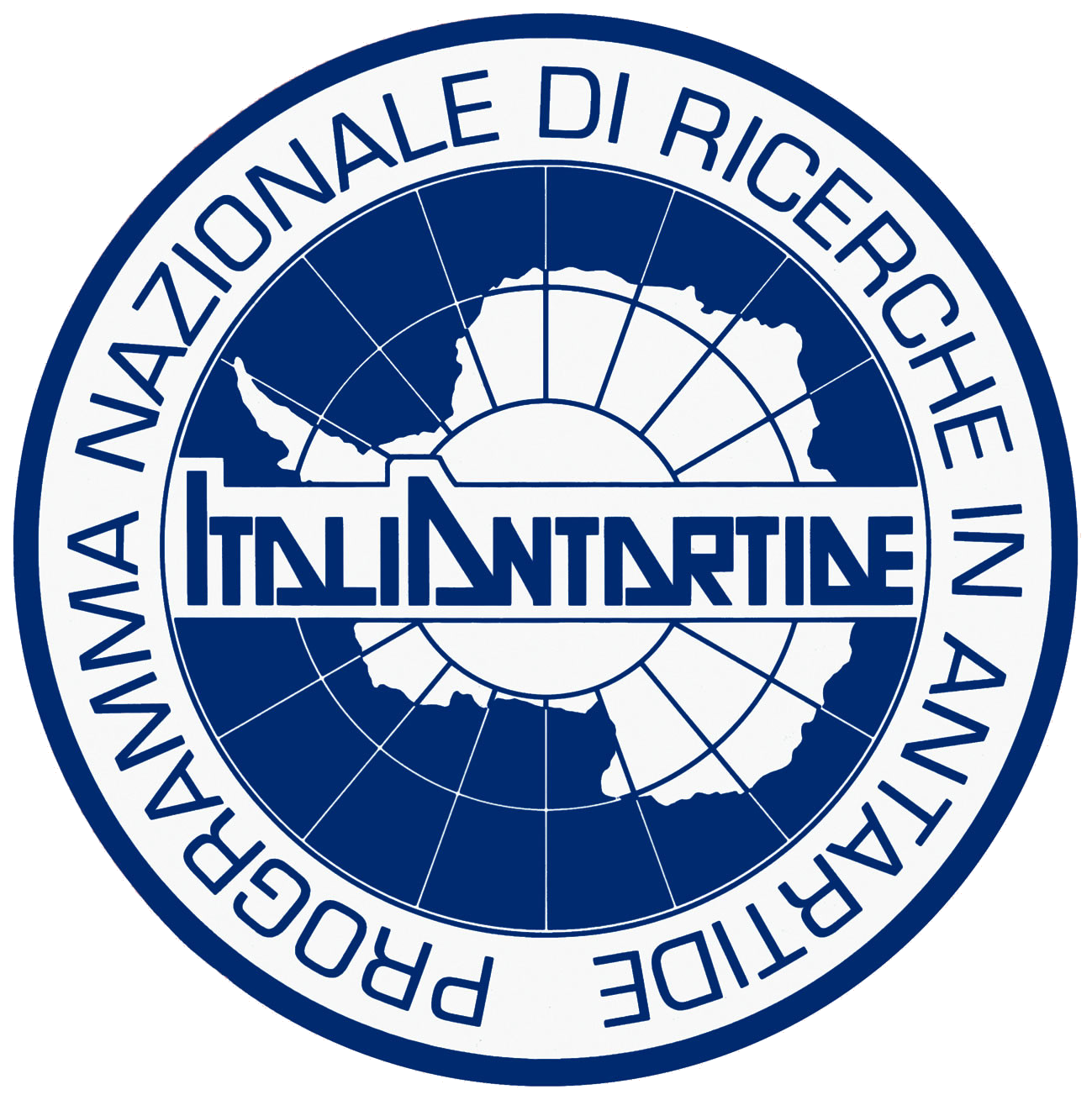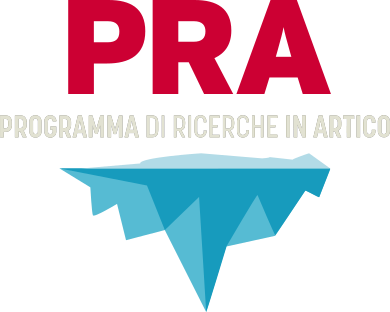
Archivio (469)
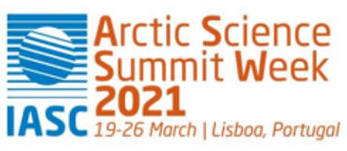 Framed by the overarching theme for the Science Conference The Arctic: Regional Changes, Global Impacts, Lisbon invites International experts on the Arctic and Indigenous Peoples to discuss the “New Arctic” and also its impacts and interactions to and with the lower latitudes.
Framed by the overarching theme for the Science Conference The Arctic: Regional Changes, Global Impacts, Lisbon invites International experts on the Arctic and Indigenous Peoples to discuss the “New Arctic” and also its impacts and interactions to and with the lower latitudes.
ASSW2021 Site
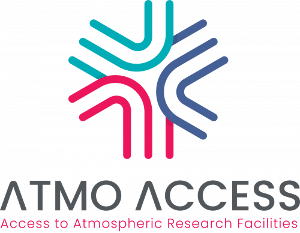 The first call for access to the 43 ATMO ACCESS facilities is now open until 28 January 2022.
The first call for access to the 43 ATMO ACCESS facilities is now open until 28 January 2022.
The access is free of charge and includes the logistical, technological and scientific support and the specific training that is needed to use the services provided by the facility.
Find more information about the process.
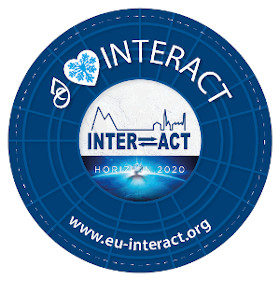 Dear colleagues,
Dear colleagues,
it’s time to think about your application to the next TA/RA INTERACT Call, dedicated to projects taking place in Spring/Summer 2022 and Autumn/Winter 2022-23 in Arctic bases. We are really happy to inform you that the Italian Arctic Station Dirigibile Italia of National Research Council (CNR) within the INTERACT access program can be one of your scientific destinations, making its laboratories in person (TA) and remotely (RA) accessible to researchers from countries that do not have access to the Arctic. In particular, in the area where our Station is located, Ny-Ålesund, Svalbard. To participate at the Open Call for projects, please read the call at the following link: https://eu-interact.org/accessing-the-arctic/tacall/.
Moreover, remember the following dates in order to be evaluated for this INTERACT call:
Call open: 1st October – 30th November (deadline)
Access decisions will be sent to applicants by 25th March 2022.
We are looking forward to seeing your application.
Italian INTERACT III Programme Working Group
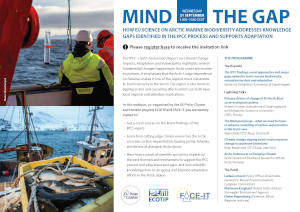 The EU Horizon 2020 projects ECOTIP and FACE-IT, in collaboration with the EU Polar Cluster, warmly invite you to attend a webinar on how EU science on Arctic marine biodiversity addresses knowledge gaps identified in the IPCC process and supports adaptation.
The EU Horizon 2020 projects ECOTIP and FACE-IT, in collaboration with the EU Polar Cluster, warmly invite you to attend a webinar on how EU science on Arctic marine biodiversity addresses knowledge gaps identified in the IPCC process and supports adaptation.
The webinar will be held on Wednesday September 21st 2022 from 13-14:30 CEST on the Zoom platform.
Please register here to receive the invitation link.
Please find the programme below, which can also be downloaded from this link.
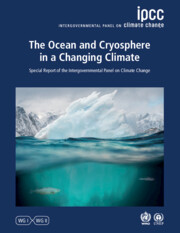 Special Report of the Intergovernmental Panel on Climate Change (IPCC)
Special Report of the Intergovernmental Panel on Climate Change (IPCC)
- Online publication date:February 2022
- Print publication year:2022
- DOI:10.1017/9781009157964
Data: 08/06/2023, Ora: 14:30 - Luogo: Aula D edificio Zeta - Università Ca'Foscari Venezia
Relatore: Susan Kaspari, Central Washington University (USA)
Organizzatore: PhD in Polar Sciences/ PhD in Science and Management of Climate Change
Abstract
Light absorbing particles in snow and ice lead to snow darkening, and can accelerate snow and ice melt. Numerous studies have investigated black carbon in snow and ice cores from Svalbard, but less work has been done on dust. In this talk recent results of dust concentrations in Svalbard snow and ice are presented, and implications for variations in dust deposition over time are explored.
Zoom - ID riunione: 899 7251 8471 - Passcode: GE6Hi2
 The 6th European Conference on Permafrost (EUCOP6) will take place June 18-22, 2023, in a potentially hybrid format with online and in-person attendance to Puigcerdà, Catalonia, Spain.
The 6th European Conference on Permafrost (EUCOP6) will take place June 18-22, 2023, in a potentially hybrid format with online and in-person attendance to Puigcerdà, Catalonia, Spain.
Contact: International Permafrost Association
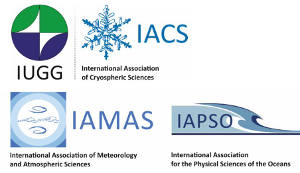 The event takes place 19-23 July 2021 (~2h each day), and is organized by IACS, IAMAS and IAPSO - three of the eight IUGG associations.
The event takes place 19-23 July 2021 (~2h each day), and is organized by IACS, IAMAS and IAPSO - three of the eight IUGG associations.
Registration is FREE. Details on registration and full programme including speakers
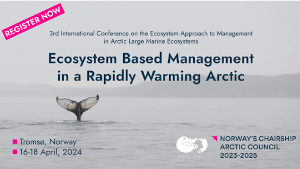 The 3rd International conference on the Ecosystem Approach to Management in Arctic Large Marine Ecosystems
The 3rd International conference on the Ecosystem Approach to Management in Arctic Large Marine Ecosystems
Ecosystem Based Management in a Rapidly Warming Arctic
Sharing experiences and challenges
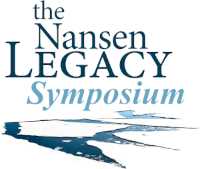 The Nansen Legacy project invites the Arctic research community to the international symposium in Tromsø, Norway, 6-9 November 2023.
The Nansen Legacy project invites the Arctic research community to the international symposium in Tromsø, Norway, 6-9 November 2023.More...
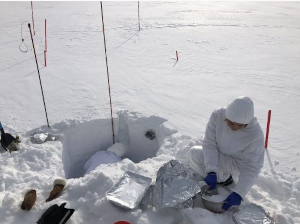
21 Dicembre 2023
Ritrovate tracce di creme solari al Polo Nord, sui ghiacciai dell’arcipelago delle Svalbard. Si depositano soprattutto in inverno, quando sull’Artico cala la notte. A misurarne la concentrazione e spiegarne l’origine è uno studio condotto da ricercatrici e ricercatori dell’Università Ca’ Foscari Venezia e dell’Istituto di scienze polari del Consiglio nazionale delle ricerche (CNR-ISP), in collaborazione con l’Università delle Svalbard. I risultati sono pubblicati sulla rivista scientifica Science of the Total Environment.
Comunicato stampa CNR
DOI: 10.1016/j.scitotenv.2023.168401 - Andrea Spolaor (CNR-ISP)
Immagine - (Attività di campionamento di neve a Ny-Ålesund, Isole Svalbard - Crediti: F.Scoto, CNR - Unive)
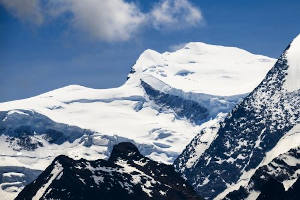 30 Maggio 2022
30 Maggio 2022
Le temperature sempre più elevate rappresentano una delle cause dell'incidente avvenuto sul massiccio del Gran Combin
(Renato Colucci e Jacopo Gabrieli - CNR-ISP)
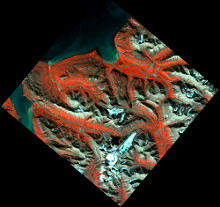 SIOS offers a training course on how to effectively use hyperspectral remote sensing data acquired from satellites, from airborne campaigns and from the ground, and their associated tools and software in the context of research in Svalbard. General course information
SIOS offers a training course on how to effectively use hyperspectral remote sensing data acquired from satellites, from airborne campaigns and from the ground, and their associated tools and software in the context of research in Svalbard. General course information
Photo: CNR-ISP and IUSS under ASI License; Original PRISMA Product - © ASI - (2020). All rights reserved.
 Ministero dell'Universita e Ricerca
Ministero dell'Universita e Ricerca
Programma Ricerche Artico
Programma Nazionale di Ricerca in Antartide
 Ministero degli Affari Esteri e della Cooperazione Internazionale
Ministero degli Affari Esteri e della Cooperazione Internazionale
L'Italia e l’Artico
L’Italia e l’Antartide
CNR-ISP
Consiglio Nazionale delle Ricerche
Istituto di Scienze Polari
c/o Campus Scientifico - Università Ca' Foscari Venezia - Via Torino, 155 - 30172 VENEZIA MESTRE (VE)
Salvo diversa indicazione, il contenuto di questo sito è concesso in licenza : Attribuzione - Non commerciale - Condividi allo stesso modo 4.0 Internazionale (CC BY-NC-SA 4.0) 
Privacy policy e Cookie policy - Amministrazione trasparente CNR
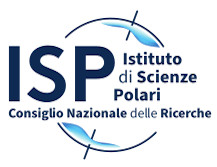






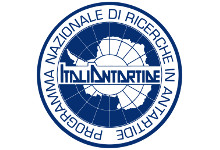 Title: TephRochronology and mArker events for the CorrElation of natural archives in the Ross Sea, Antarctica
Title: TephRochronology and mArker events for the CorrElation of natural archives in the Ross Sea, Antarctica 